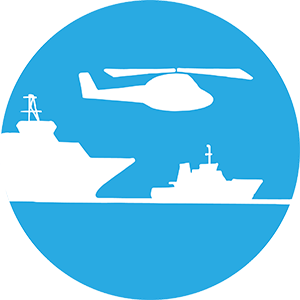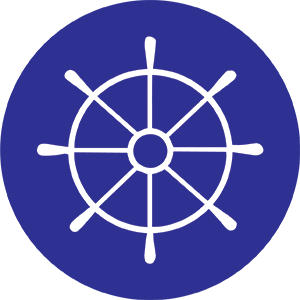III Safety On-scene – Seafarers


The main task for rescue authorities and SMC, when arriving to the scene of incident, is to find out available resources, their capabilities, and to assign them correct tasks. In general, when a chemical incident is in question, only rescue vessels with capability to enter and work in a hazardous atmosphere can enter the warm and hot zone. Others will have to stay within the assigned location of green zone or outside the restriction area, where there is no risk of contamination.
As the first SRU’s arrive to the scene, appropriate communication channels are set up to support the actual rescue operation. An essential part of finalizing the planning of a rescue mission is continuous risk assessment, therefore the SMC should be informed immediately about any changes in the situation onboard the DV and vice versa, any new and relevant information received by the SMC about the risks of HNS should be shared with relevant parties, including the DV.
The HSN risk assessment will be updated and revised as the first SRU’s arrive to the scene of the incident. The SMC is in close contact with the chemical experts to assess the risks on-scene, including determination of safe direction to approach the distress vessel (both entry and exit points) and any other relevant situational aspects. The hazardous atmosphere will affect the rescue plan execution possibilities, as they are dependent on the capabilities of the SRU’s to operate in a hazardous atmosphere. In a worst case scenario, even nonintervention needs to be taken into account, if it is too risky for the rescue personnel to enter the DV, for example, due to a high explosion risk or high seas. SRU’s need to arrange continuous monitoring and detection of possible HNS concentrations to determine how and where the DV should be approached and by whom.
Therefore, even the SRU’s can arrive to the incident area, approaching and actual boarding the DV can take time, if it is unclear how hazardous the atmosphere is around the distress vessel and/or what kind of risks it will pose to rescue authorities boarding the vessel in a hazardous atmosphere. Any other means of assisting the DV, other than actual boarding should be taken into account when planning for rescue mission execution. These could be, for example, water cannons, emergency PPE’s for passengers to ensure safer evacuation or consulting experts to provide relevant information to support emergency procedures executed by the crew.
Continuous situational reports (SITREP’s) are needed to ensure common understanding of the situation and sharing of any critical information, that might have an impact on the execution of rescue plan and saving human life. At sea, resourcing of equipment is planned according to the available information and transported to the site of the incident. Accurate information will support appropriate resourcing. Therefore, it is vital to keep the SMC updated of any changes in the situation, even the crew does have the situation under control.
